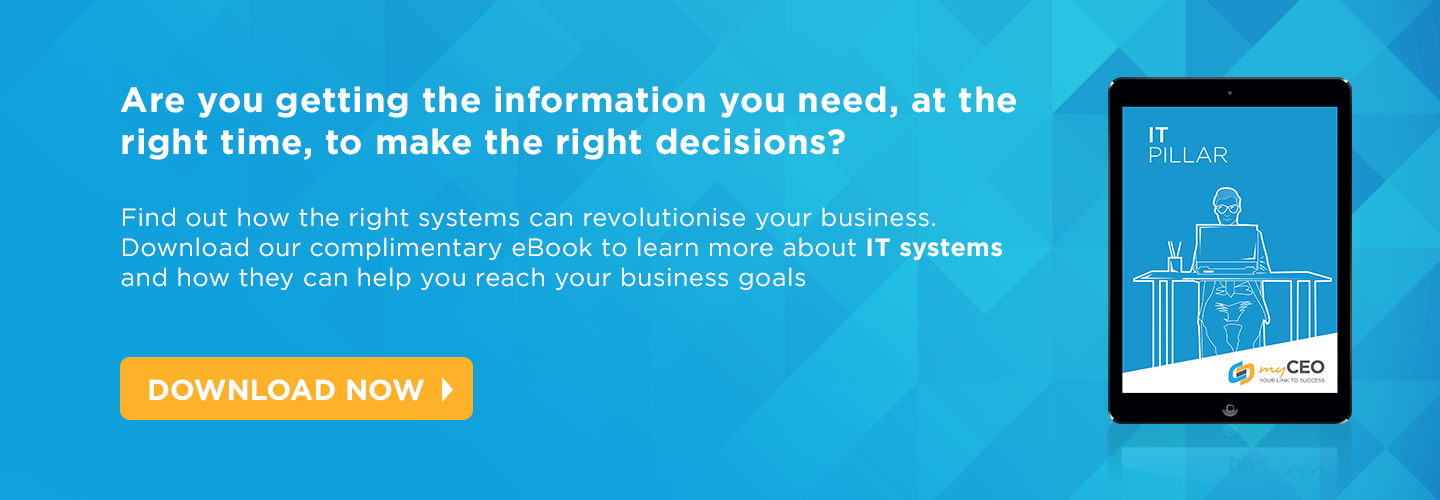
Back in the early days of modern computing, it was common to follow a centralized system of allocating resources for the needs of the company. There was a common resource or tool that the entire organisation would use in order to deploy hardware, software, manpower and financing in order to get things done. Data flowed from one centre down to all the other nodes in the system.
With today’s advancements in technology and the increasing interconnectedness of resources around the world, it’s necessary to bring in a new way of allocating resources - something called decentralised computing.
Decentralised computing allows multiple processes to be performed on different nodes of the server system. Essentially, it allows you to get more things done in the same amount of time, using all the resources you have.
Measure twice, cut once
There are a variety of reasons why decentralised computing has become one of the face of modern IT architecture: it’s fast, it’s easy, and it’s far more efficient that centralized computing.
One of the main problems that came with centralised computing back then was there was a single point of failure: if something happened to the (mostly) single server that a business’s data was stored in, it would cause a catastrophic system crash likely erasing essential data. While there was only one primary server to handle all the incoming user requests, the exponential increase of users being familiar with computing contributed to an increasing probability of disaster.
Decentralised computing removes this restriction by splitting itself among servers and hardware, enabling an entire system of interconnected networks able to instantaneously answer any user requests required of it.
Like cutting through silk
The ease that decentralised computing offers businesses today cannot be underestimated. While it’s true that a more complex system will inevitably run into issues with distributed systems in general, the growth and upkeep model of decentralised computing offers a simple solution: upgrade.
This system of development-challenge-solution-growth is something that still foreign to most businesses today. While major strides have been made in the past few years to completely integrate decentralised computing with present business models, it will require a considerable investment and development in order to set up or apply to a business.
However, this investment will certainly be paid off with the ease of access, better allotment of resources, redundant fail-safe systems and the flexibility afforded to distribute your work efficiently throughout your company. Decentralised computing opens plenty of new paths you can lead your business towards: outsourcing, telecommuting, business expansion and more efficient processes are a few.
It’s inevitable that the business world will make a large shift to decentralised computing as work becomes more sophisticated to deal with, and technology develops to meet those demands. It would be a wise investment for any IT department in any company to get ahead in the field of developing and allocating resources - such foresight would mean the company’s survival and thriving future in the competitive landscape.
IT systems are rapidly advancing - do you think you can keep up? Schedule a consultation with myCEO today and we can help you optimise your tech and software to the latest standards.

